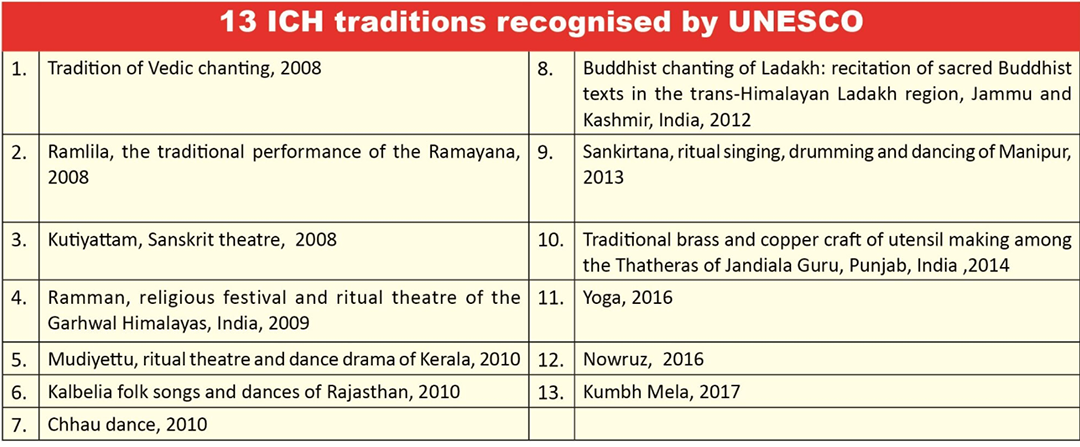Important Facts For Prelims
Haridwar Kumbh Mela
- 22 Mar 2021
- 3 min read
Why in News
The Centre has written to the Uttarakhand government about the need for stringent measures to control the spread of Covid-19 during the ongoing Kumbh Mela in the state (at Haridwar).
Key Points
- Kumbh Mela comes under UNESCO's Representative List of Intangible Cultural Heritage of Humanity.
- Kumbh Mela is the largest peaceful congregation of pilgrims on earth, during which participants bathe or take a dip in a sacred river.
- It takes place on the banks of the Godavari river in Nashik, the Shipra river in Ujjain, the Ganges in Haridwar, and the confluence of the Ganges, Yamuna, and the mythical Saraswati river in Prayag. The confluence is referred to as the ‘Sangam‘.
- As it is held in four different cities in India, it involves different social and cultural activities, making this a culturally diverse festival.
- While technically, it is to be held in each of the aforementioned locations once every 12 years, sometimes, the mela can happen only a year apart at the sites.
- It should also be known that in between, around the sixth year, the Ardh Kumbh Mela (also known as the half mela) is held. In addition to that, in Allahabad, every year the Maagh Mela is celebrated in the month of Maagh (mid-January to February, as per the Hindu calendar) at the Sangam.
- This Maagh Mela is also referred to as the Ardh Kumbh Mela and Kumbh Mela when it happens in the sixth and twelfth years, respectively.
- Kumbh Mela in Haridwar is being held after 11 years — not the usual 12 — because of specific auspicious dates. In fact, this is the first time in 80 years that such a phenomenon has happened.
- The event encapsulates the science of astronomy, astrology, spirituality, ritualistic traditions, and social and cultural customs and practices, making it extremely rich in knowledge.
- The teacher-student relationship of the sadhus in the ashrams and akhadas remains the most important method of imparting and safeguarding knowledge and skills relating to Kumbh Mela.
UNESCO List of Intangible Cultural Heritage of Humanity
- This coveted list is made up of those intangible heritage elements that help demonstrate diversity of cultural heritage and raise awareness about its importance.
- The list was established in 2008 when the Convention for Safeguarding of the Intangible Cultural Heritage came into effect.
- Intangible Cultural Heritage of India, recognized by UNESCO:





